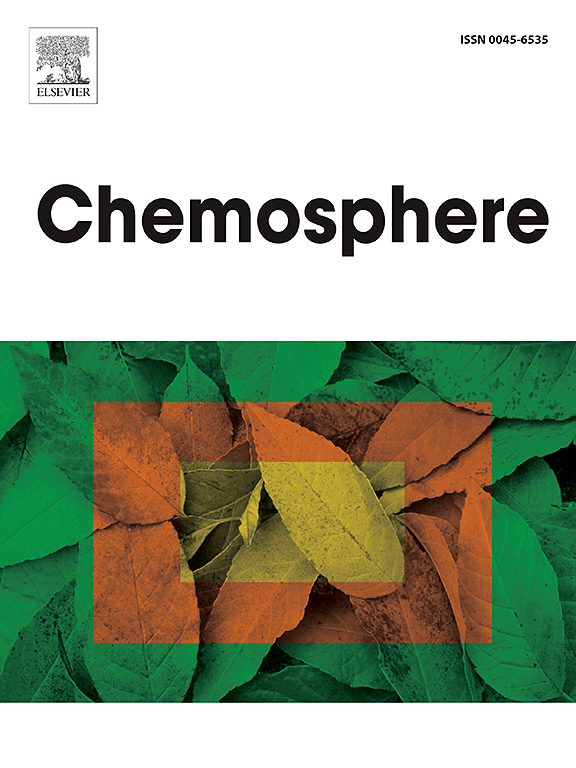使用effect方法识别和量化来自交通尾气和非尾气排放源的真实多环芳烃贡献
IF 8.1
2区 环境科学与生态学
Q1 ENVIRONMENTAL SCIENCES
引用次数: 0
摘要
适当查明来源及其对来自交通相关来源的大气气态和颗粒结合多环芳烃的贡献,对于控制和减少城市大气中的排放以改善环境健康至关重要。为此,我们使用effect方法量化了农村公路隧道中预先定义的车辆源,即道路粉尘再悬浮、排气(排气管)和非排气源对多环芳烃的贡献。我们成功地量化了颗粒结合和总多环芳烃(颗粒加气态多环芳烃)对大气浓度的相对源贡献。研究结果表明,废气排放是多环芳烃最主要的排放源。研究表明,废气排放源对隧道环境大气浓度的贡献分别为IcdP的92.4%、Phe的90.3%、AN的89.9%、BkF的89.1%、Np的88.2%、Ane的87.1%、DahA的86.3%、bhip的85.7%和Flr的82.8%。道路粉尘重悬浮对总悬浮颗粒物(TSP)浓度的影响主要为BaA(29.1%)、Py(28.9%)、BbF(21.0%)和BaP(21.0%)。本文章由计算机程序翻译,如有差异,请以英文原文为准。

Source identification and quantification of real-world PAH contributions from traffic-related exhaust and non-exhaust emission sources using the EFECT method
Proper identification of sources and their contribution to atmospheric gaseous and particle-bound PAHs from traffic-related sources are vital for controlling and reducing emissions in the urban atmosphere to improve environmental health. For this purpose, we used the EFECT method to quantify the PAH contributions from the pre-defined vehicular sources, namely, road dust resuspension, exhaust (tailpipe), and non-exhaust sources in a rural highway tunnel. We successfully quantified the relative source contributions of particle-bound and total PAHs (particulate plus gaseous PAHs) to the atmospheric concentrations. Study results showed that exhaust emissions were observed to be the most important emission source for both particle-bound and total PAHs. This study showed that exhaust emission sources contribute 92.4% of IcdP, 90.3% of Phe, 89.9% of AN, 89.1% of BkF, 88.2% of Np, 87.1% of Ane, 86.3% of DahA, 85.7% of BghiP, and 82.8% of Flr to atmospheric concentrations in the tunnel environment. Road dust resuspension contributed mainly to TSP (total suspended particulate matter) concentrations of BaA (29.1%), Py (28.9%), BbF (21.0%), and BaP (21.0%).
求助全文
通过发布文献求助,成功后即可免费获取论文全文。
去求助
来源期刊

Chemosphere
环境科学-环境科学
CiteScore
15.80
自引率
8.00%
发文量
4975
审稿时长
3.4 months
期刊介绍:
Chemosphere, being an international multidisciplinary journal, is dedicated to publishing original communications and review articles on chemicals in the environment. The scope covers a wide range of topics, including the identification, quantification, behavior, fate, toxicology, treatment, and remediation of chemicals in the bio-, hydro-, litho-, and atmosphere, ensuring the broad dissemination of research in this field.
 求助内容:
求助内容: 应助结果提醒方式:
应助结果提醒方式:


